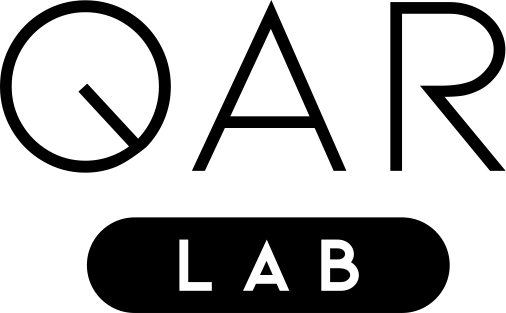NISQ-Ready Community Detection Based on Separation-Node Identification
NISQ-Ready Community Detection Based on Separation-Node Identification
Jonas Stein, Dominik Ott, Jonas Nüßlein, David Bucher, Mirco Schönfeld, and Sebastian Feld
Abstract
Abstract
The analysis of network structure is essential to many scientific areas ranging from biology to sociology. As the computational task of clustering these networks into partitions, i.e., solving the community detection problem, is generally NP-hard, heuristic solutions are indispensable. The exploration of expedient heuristics has led to the development of particularly promising approaches in the emerging technology of quantum computing. Motivated by the substantial hardware demands for all established quantum community detection approaches, we introduce a novel QUBO-based approach that only needs number-of-nodes qubits and is represented by a QUBO matrix as sparse as the input graph’s adjacency matrix. The substantial improvement in the sparsity of the QUBO matrix, which is typically very dense in related work, is achieved through the novel concept of separation nodes. Instead of assigning every node to a community directly, this approach relies on the identification of a separation-node set, which, upon its removal from the graph, yields a set of connected components, representing the core components of the communities. Employing a greedy heuristic to assign the nodes from the separation-node sets to the identified community cores, subsequent experimental results yield a proof of concept by achieving an up to 95% optimal solution quality on three established real-world benchmark datasets. This work hence displays a promising approach to NISQ-ready quantum community detection, catalyzing the application of quantum computers for the network structure analysis of large-scale, real-world problem instances.
Mathematics 2023, 11(15), 3323; https://doi.org/10.3390/math11153323

